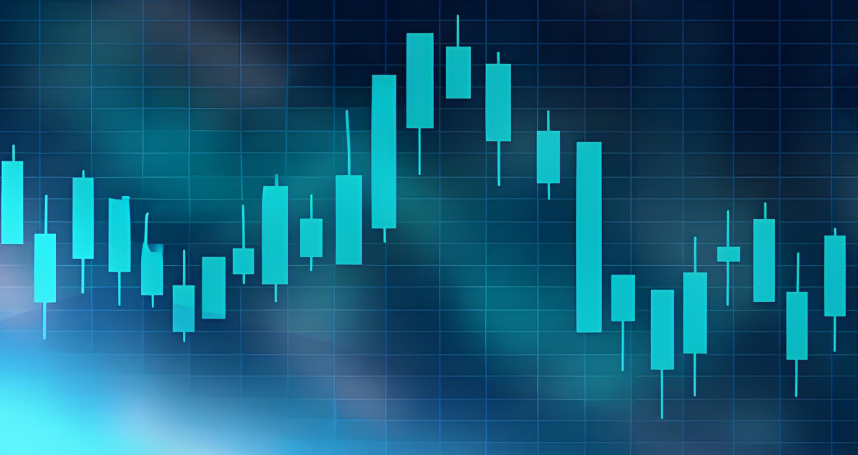In recent times,the fiscal landscape in the United States has been characterized by heightened uncertainty and volatility,primarily driven by a trade war and shifting monetary policies.Gold,often regarded as a safe haven during turbulent times,has seen its prices soar,reaching unprecedented heights in the first quarter of 2025.Remarkably,it set a new daily record with an incredible eight successive peaks,overflowing with optimism as it neared the critical $3000 mark.By analyzing the futures market,one notes that contracts for gold have surged,with stakes indicating values as steep as $2968.5 per ounce on the New York exchange and even peaking at $2995.3 for the 2506 contract.Internationally,spot gold has followed suit,momentarily hitting $2942.55 per ounce.
The backdrop for these shifts can be traced to a recent hearing in which Federal Reserve Chairman Jerome Powell testified before the Senate Committee on Banking,Housing,and Urban Affairs.His comments were a mixture of hawkishness and dovishness,reflecting the delicate balance monetary authorities must maintain.Powell emphasized that there was no rush to cut interest rates further or to alter existing policy,underscoring the Fed’s vigilant stance on the 2.0% inflation target.Yet his statement also hinted at a potential softening of monetary policy depending on market conditions,which adds additional layers to current market dynamics.The spotlight has shifted towards the forthcoming CPI inflation data and non-farm payroll figures,both of which are expected to play significant roles in shaping economic forecasts.
After yesterday's market upheaval,gold prices surged only to retreat sharply,causing bullish sentiment to waver momentarily.However,a robust rebound materialized just before the US trading session,finding support in the $2882 range.This level is now the focus of traders as bearish forces seemed to be on a short-lived journey.The key questions circulating the market pertain to whether gold has indeed reached a peak or if it is merely undergoing a temporary correction.
Currently,analysts maintain a cautious approach,suggesting that without significant market-driving news,it may prove challenging for gold to sustain its upward momentum in the near term.The consensus appears to favor the idea that this week's weekly close might reflect a bearish outcome or a long upper shadow,indicating potential volatility.The critical support level remains intact around $2880; if breached,it could allow bears to take control,while any subsequent decline would likely test the lows established post-non-farm payroll announcements,where prices previously rallied sharply post-report.
Looking back at history emphasizes the rapid nature of declines in precious metals.In April 2013,gold experienced a staggering single-day drop of $160.Similar narratives unfold in the silver market,where,in May 2011,prices plummeted by $15 in one week and again faced volatility within days.It evokes a sense of urgent vigilance among traders as they navigate this ever-evolving landscape.
In today's session,following the tumultuous sell-off,it appears the market might experience a correction.After witnessing new highs earlier in the Asian session,gold’s sharp drop was counteracted during the European hours.As we approach the US trading hours,fluctuations in the $2880 to $2908 range appear to dominate the conversation without a clear breakout direction.A break above could signal renewed strength,targeting the $2925-$2930 area,while a significant breach below $2880 would place bears firmly in the driver's seat,indicating a momentous shift.
When it comes to silver,its price movements are closely tied to gold's trajectory. Typically exhibiting weaker performance compared to gold,silver has also shown signs of volatility,remaining within a tight consolidation range.Observers should keep a close watch on last week's peak pressure zone.Should silver breach the $32.5-32.6 range,it could signify a shift in momentum towards bullishness.
Typically exhibiting weaker performance compared to gold,silver has also shown signs of volatility,remaining within a tight consolidation range.Observers should keep a close watch on last week's peak pressure zone.Should silver breach the $32.5-32.6 range,it could signify a shift in momentum towards bullishness.
Meanwhile,the US Dollar Index has exhibited a range-bound behavior,fluctuating around the 108 level without substantial movement in either direction.Presently,market sentiment shows a lean towards a short-term rebound,although many speculate that a more significant correction could follow.With support levels anchored at $107.7 and moving down to $107.2,traders should remain vigilant about resistance points at $108.5,$109.1,and $110.
In the realms of oil,the market has demonstrated an upward trajectory over the past few days,resulting in three consecutive days of gains.Yet,despite the recent stalwart performance of bulls in this sector,there remain overarching concerns due to geopolitical tensions,particularly regarding sanctions on Iran.With Iran threatening to disrupt oil transport through critical passages like the Strait of Hormuz,accounting for a substantial portion of the world’s oil shipping routes,the implications for crude prices could be significant.
Given the mixed fundamental outlook for oil,technical analysts suggest that breaking levels around $63-$65 is plausible yet contingent on broader market movements.As long as prices hold above the key psychological barrier of $70,bullish positions remain attractive.Contrarily,any breach below could usher in deeper corrections,eyeing support levels down to $60.The day’s trading will likely test support areas around $71-$72.5 while aggressively seeking to challenge upper resistance at $74.5 and beyond.
Turning to US equities,the S&P futures market has displayed a consistent bearish outlook,with traders eyeing the 6060-6100 region for potential shorting opportunities.Having made numerous tests of the 6100 mark in recent months,each additional trial increases the likelihood of a breakout.It is essential for traders to remain nimble in managing positions given the possible volatility ahead.